Djibouti – 2023 – 200 Francs – Abourma Rock Art – Prehistoric Art
€ 419.95
In Stock / On Backorder
| Issuing Country | Djibouti |
| Year of Issue | 2023 |
| Face Value | 200 Francs |
| Metal | Silver |
| Fineness (purity) | 999/1000 |
| Weight | 3 oz |
| Diameter | 65 mm |
| Quality | Antique finish |
| Mintage | 499 pcs. |
| Scope of Delivery | Box Certificate |
| Special features | Smartminting ultra high relief, antique finish and coloured |
Description
The ‘Abourma Rock Art’ coin is the first issue in the (revived) ‘Prehistoric Art’ series. From the 3 kilometer stretch of thousands of rock carvings it shows the largest stone ‘The Zoo’. This coin is struck using the enhanced Smartminting©️ technology which results in stunning ultra high relief on the rock. The coin has an antique finish with color, a special coat of arms, and is struck on a 3 oz pure silver 65 mm blank in the highest quality. It has a limited mintage of only 499 pcs worldwide and comes in a beautiful box with Certificate of Authenticity. Get this first edition at your local modern coin dealer to not miss out on the first issue of this, over requested, series.
Coin description
The reverse of the coin depicts ‘The Zoo’, one of the rocks of the Abourma Rock Art site with surrounding rocks in relief as well. It’s a one-to-one representation of Prehistoric Art at the site. At the bottom the writing “ABOURMA ROCK ART SITE” (the name of the coin) and at the right “2023” (the year of issue).
The obverse has a special coat of arms for Djibouti. There are images of prehistoric people carving rock art and painting cave paintings. Surrounded by a ring of various prehistoric art of various places around the world. At the bottom is written “PREHISTORIC ART” (the name of the series). At the top quarter is the coat of arms of Djibouti embedded with: “REPUBLICQUE DE DJIBOUTI” (issuing country), “200 FRANCS” (the face value), “.999 AG” (the purity of the silver) and “93.3 g” (the weight of the coin).
Background information
Prehistoric art in general is art that was produced in ancient times by civilizations until they developed writing or other methods of record keeping. This means prehistoric art, can be younger in some parts of the world than in others. The oldest art, engraved shells, dates up to half a million years ago. Earliest rock art and drawings in general date to 40000-75000 years ago with art pieces as old as 40000 years. Prehistoric art varies from small carvings, rock carvings and paintings to beautiful statues. A rich history.
The Abourma Rock Art site is a huge, 3-kilometer stretch, of rocks with hundreds of carvings in the north of Djibouti on the Makarrassou massif. These rock carvings tell a story about the society at that time. Some images represent messages of the social class, the interaction with nature and hunting. There are many wild animals present like elephants, giraffes, hippos, rhinos and more but also domestic animals. This means that the climate at that time wasn’t as inhabitable as today.
The site was rediscovered in 2008 by a French archeologist. He was working more north in Djibouti at various small rock art sites when, at a restaurant in Randa for lunch, the waiter asked what he was doing. He showed pictures of the rock art and the waiter said: “We have so many of these as well nearby”. The next day he walked 5 hours to get to the places and was surprised to find all this rock art. After his return he came back and stayed and studied the site for many months. In 2014 a road was constructed cutting the walk to just 2 hours. It still takes a total of 6 hours to get to the site from Djibouti city today. It is off the beaten track. It’s listed to become a UNESCO World Heritage Site.

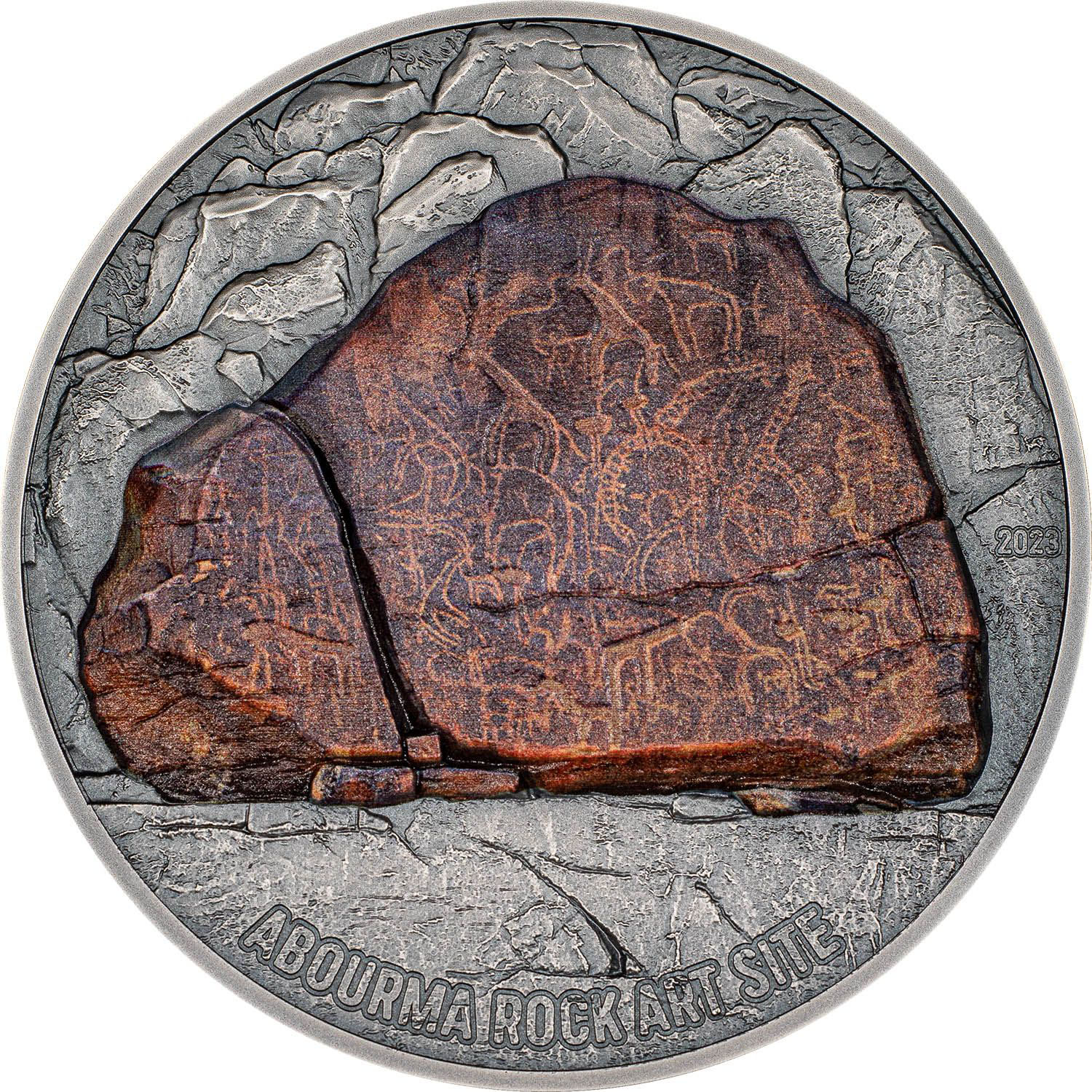
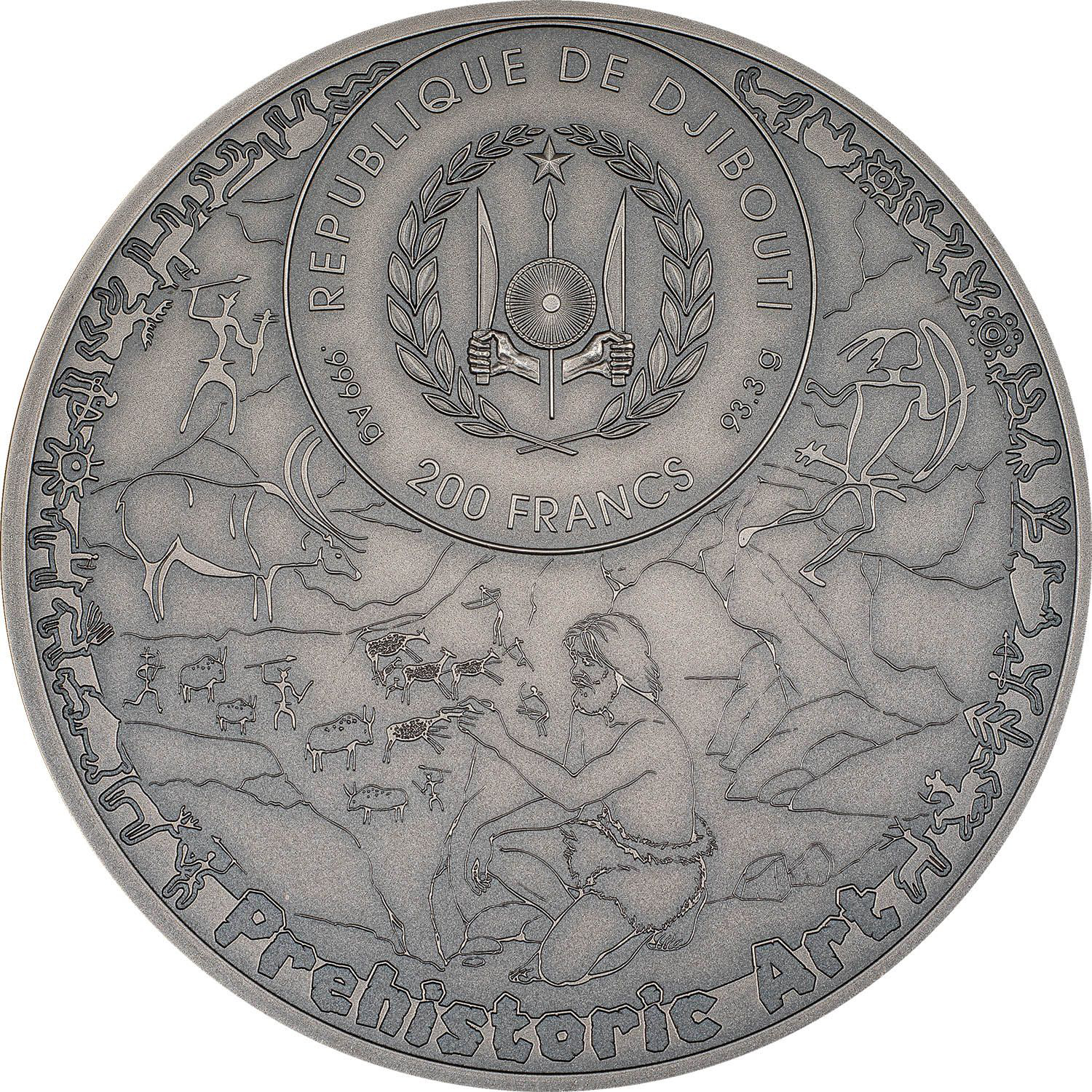
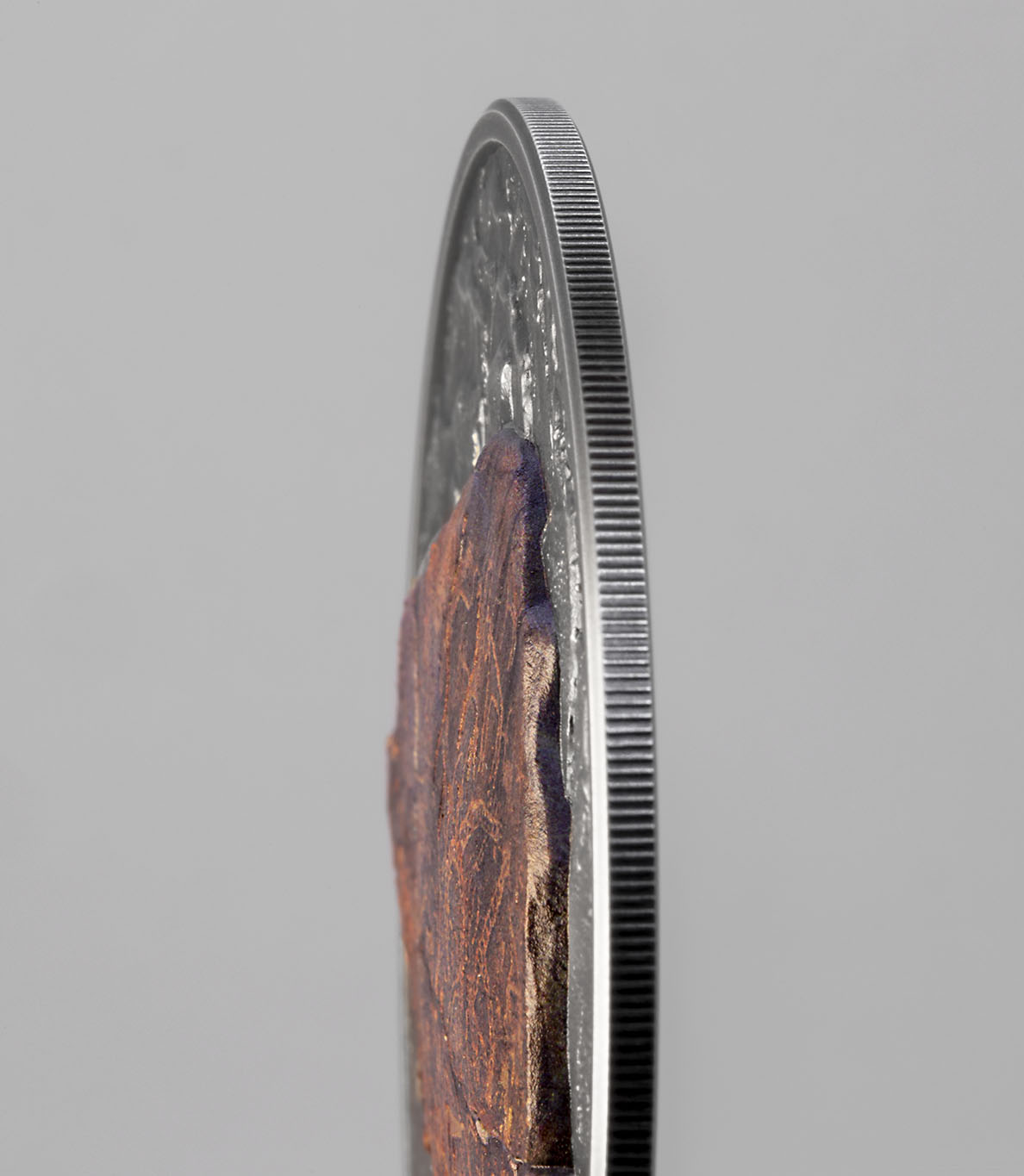
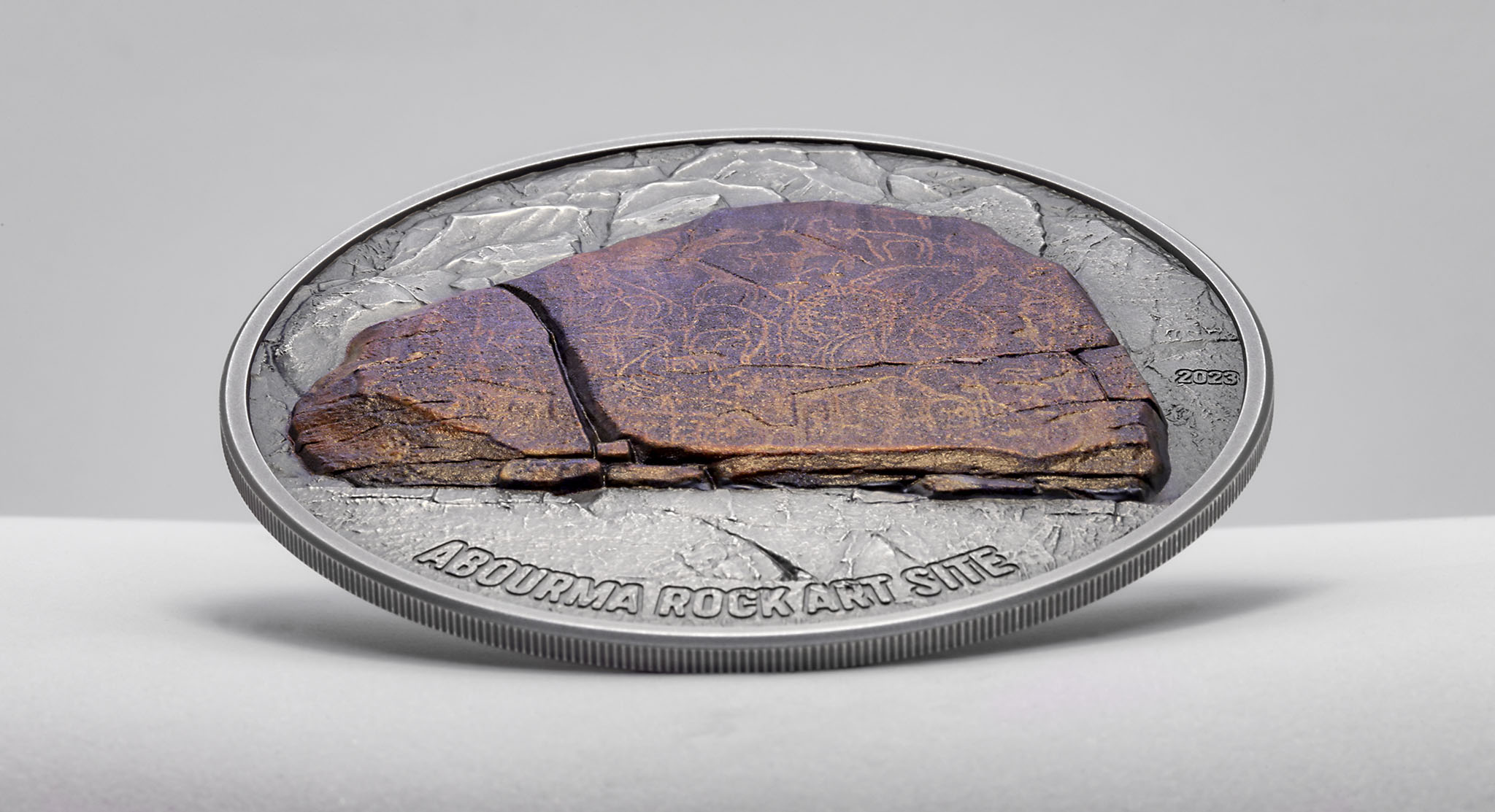
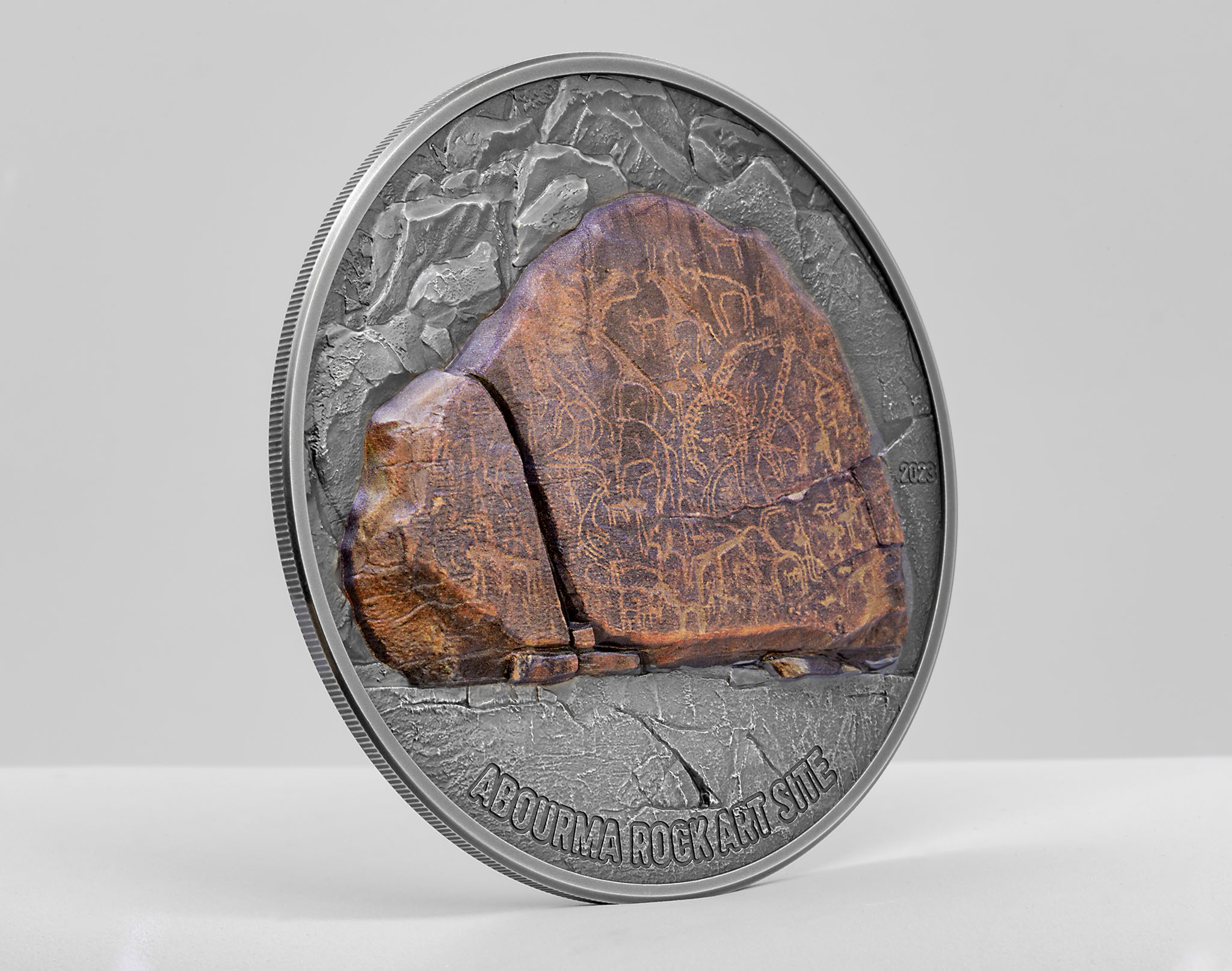
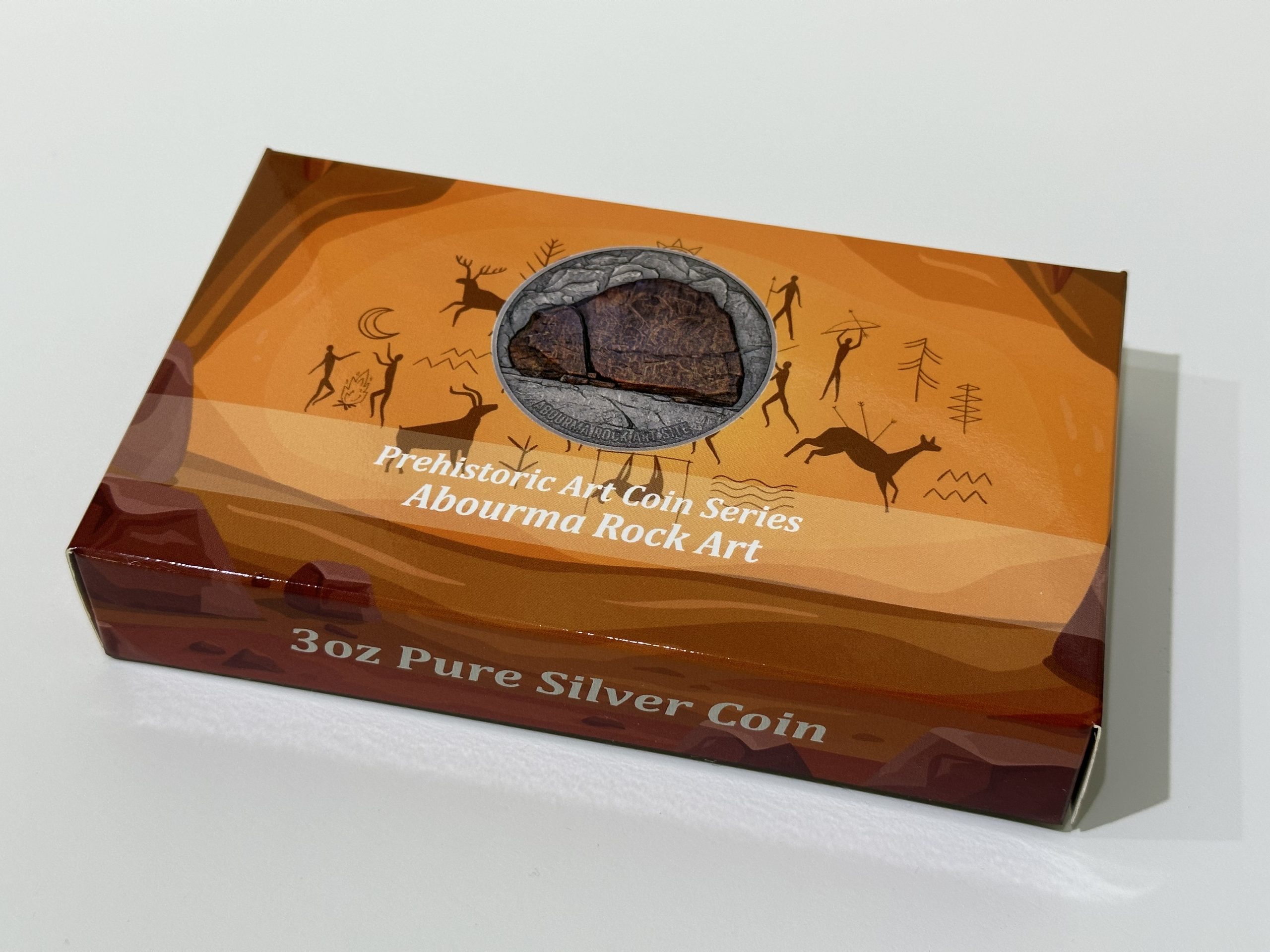
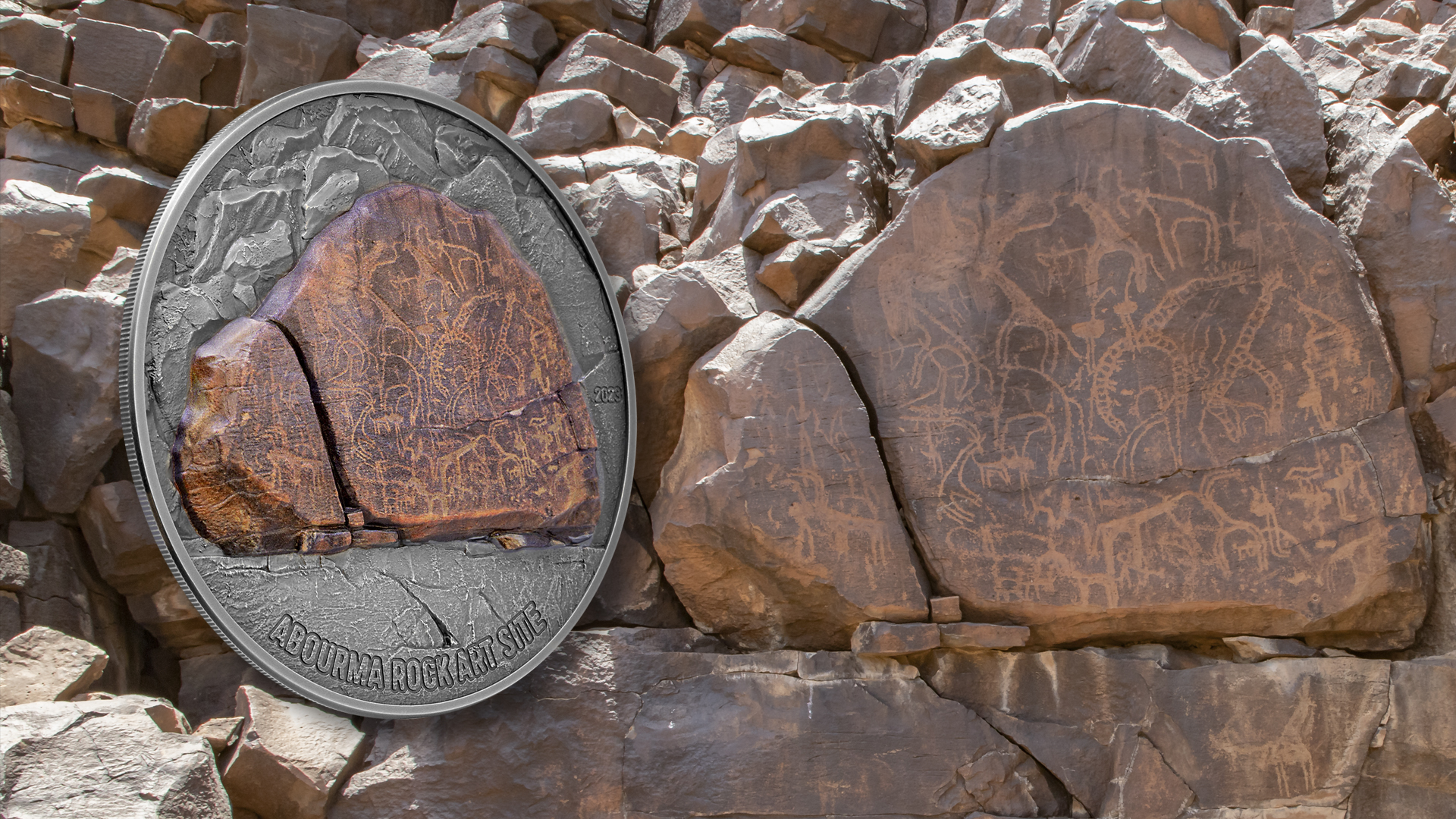

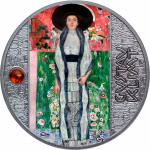

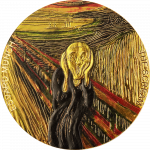
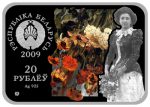

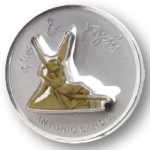
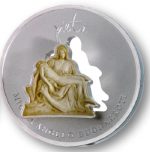
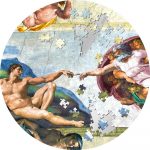

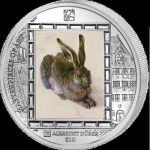
![Cook Islands - 2009 - 20 Dollars - Spitzweg Poor Poet [masterpieces of art series] (PROOF)](https://shop.numiscollect.eu/wp-content/uploads/2017/02/ci2009spitzweg-1-150x150.jpg)